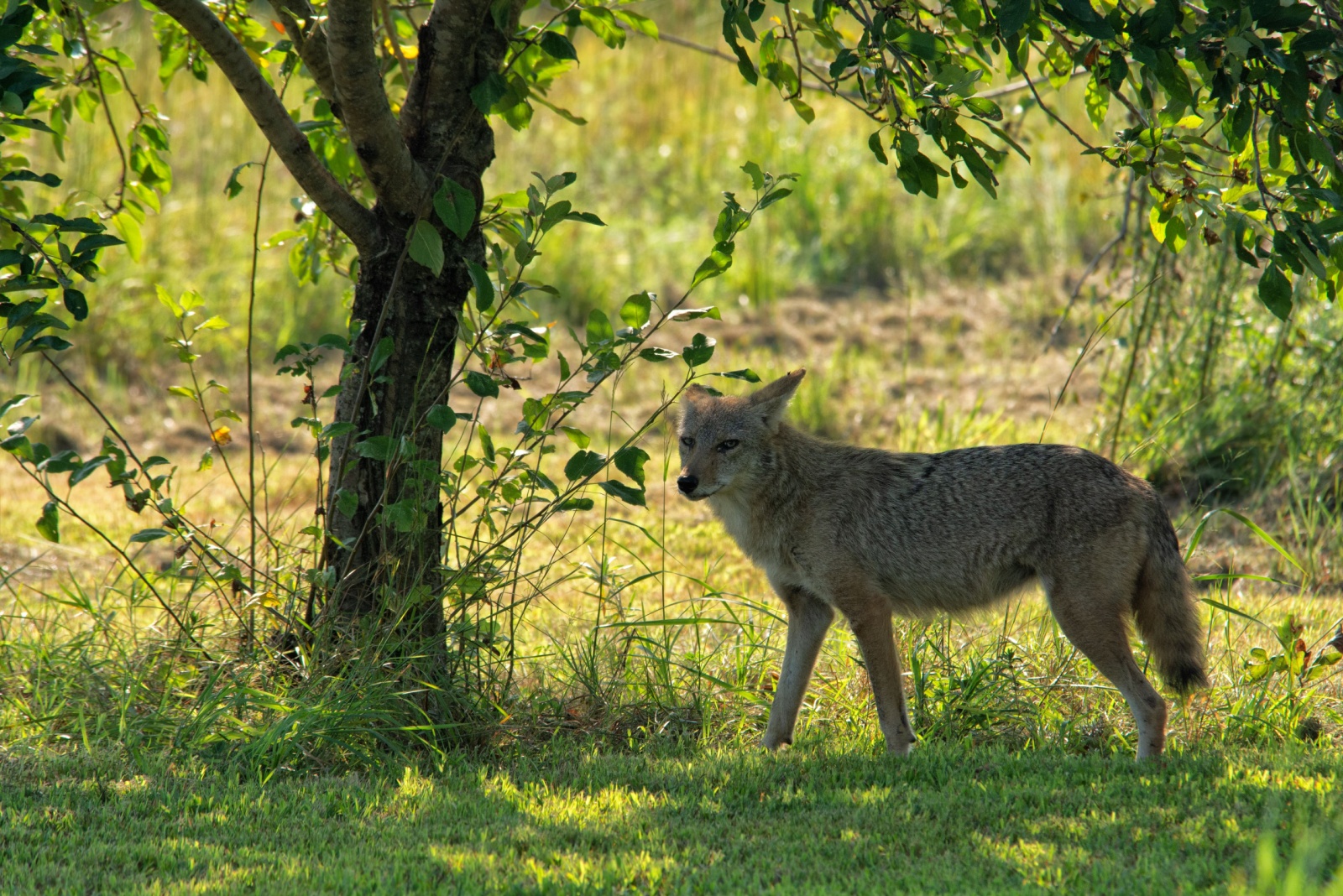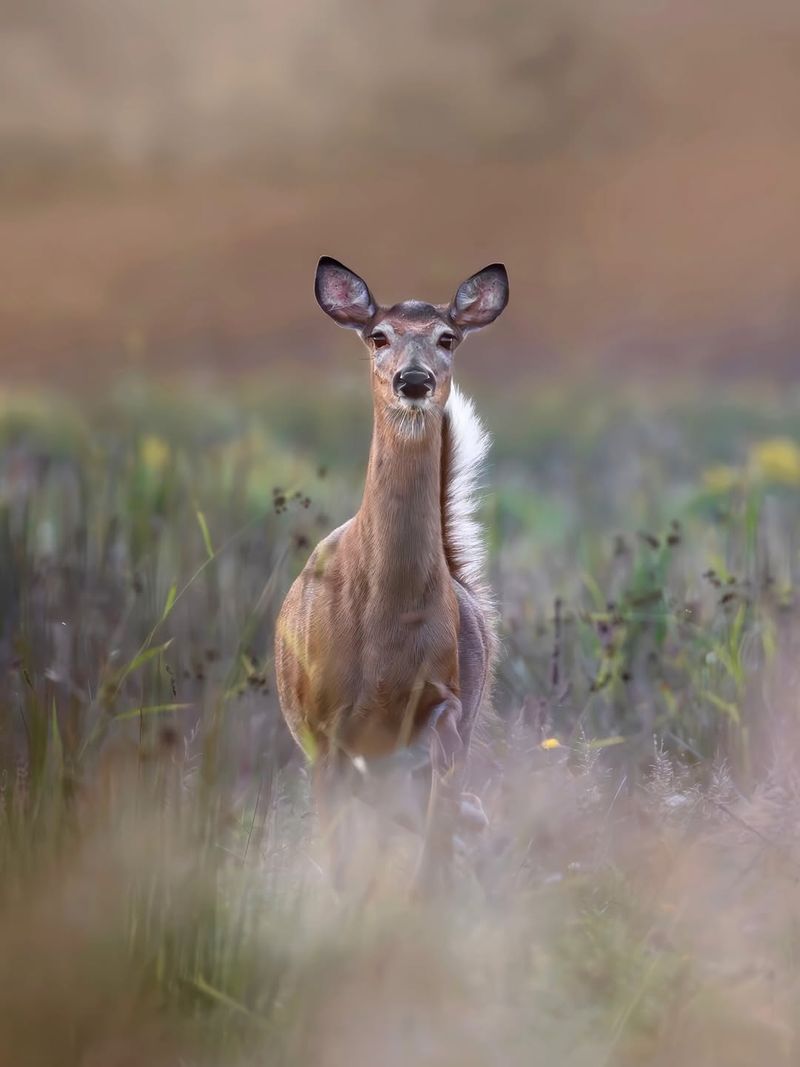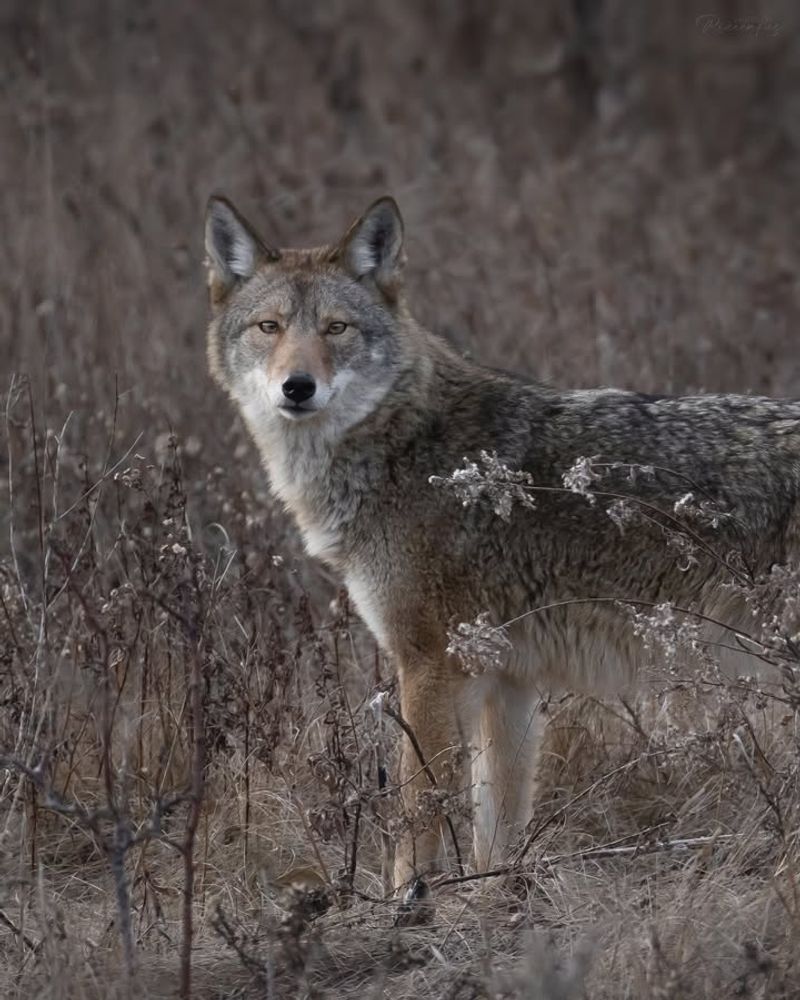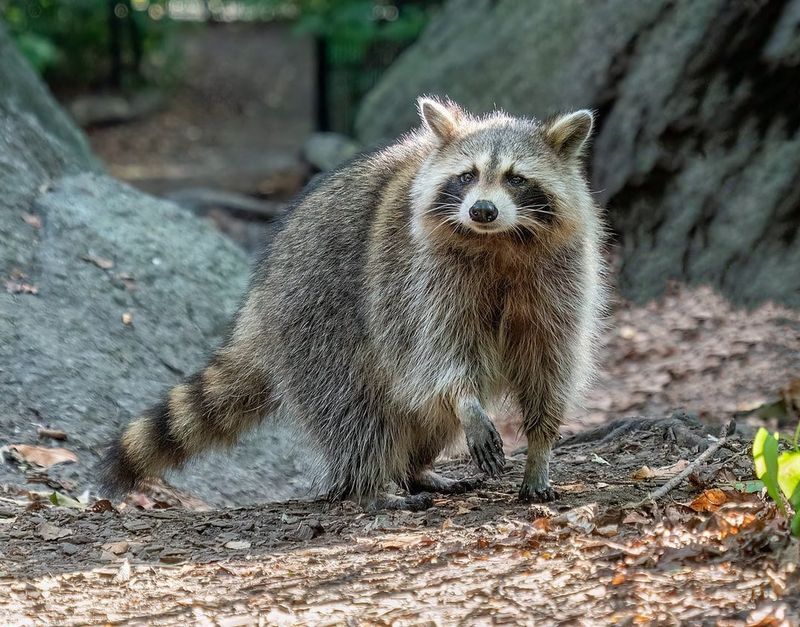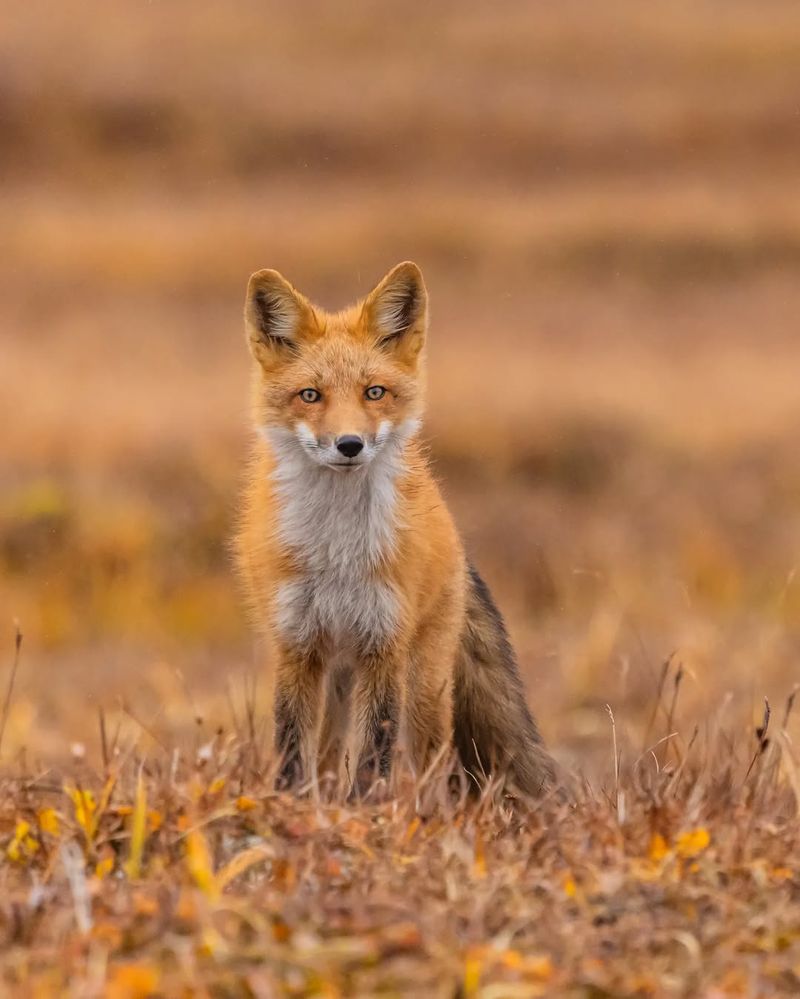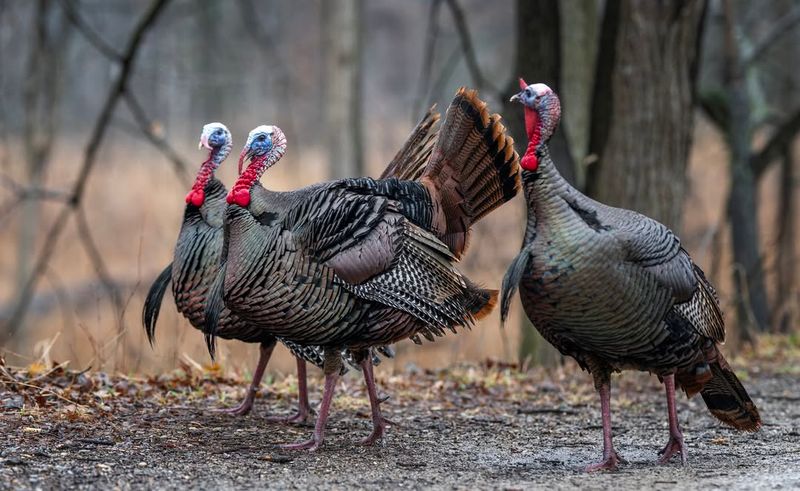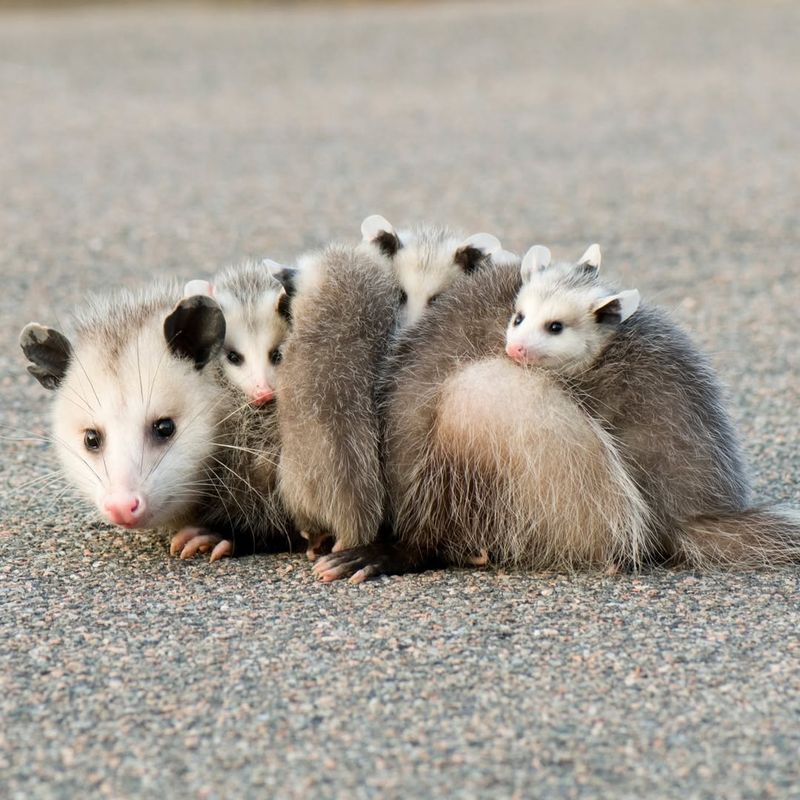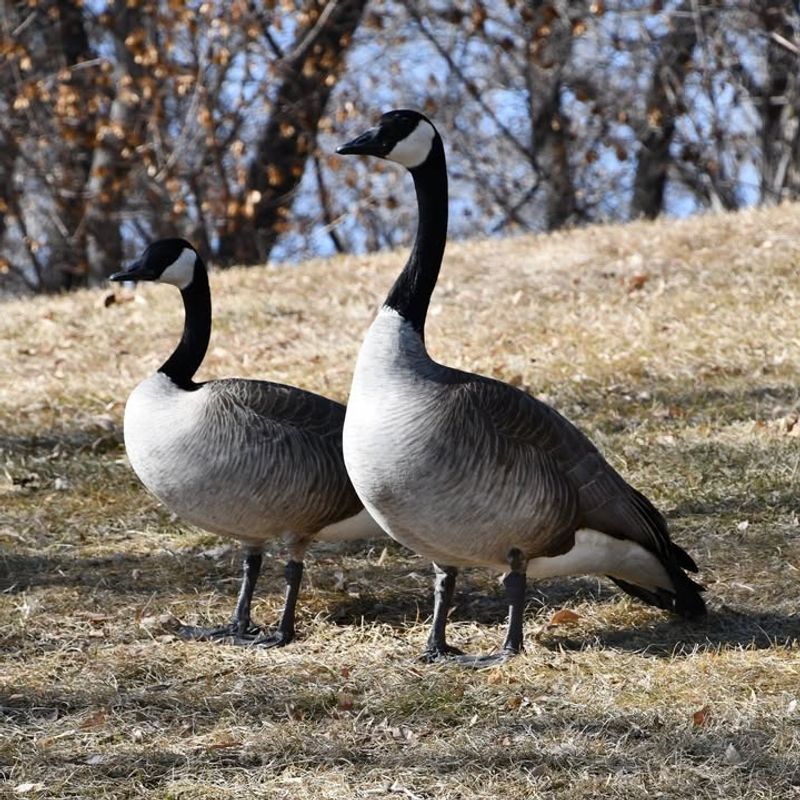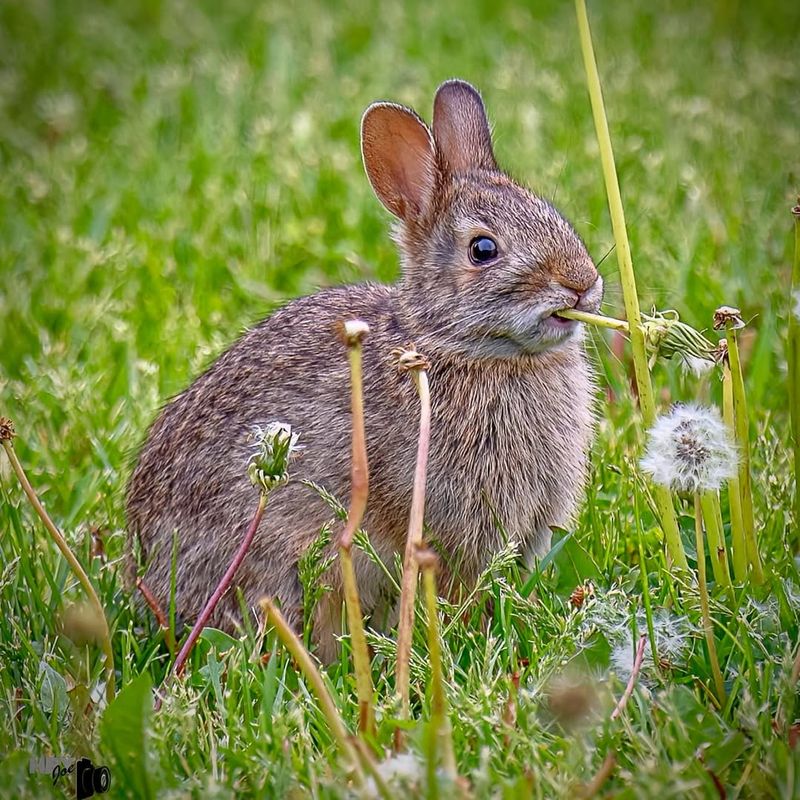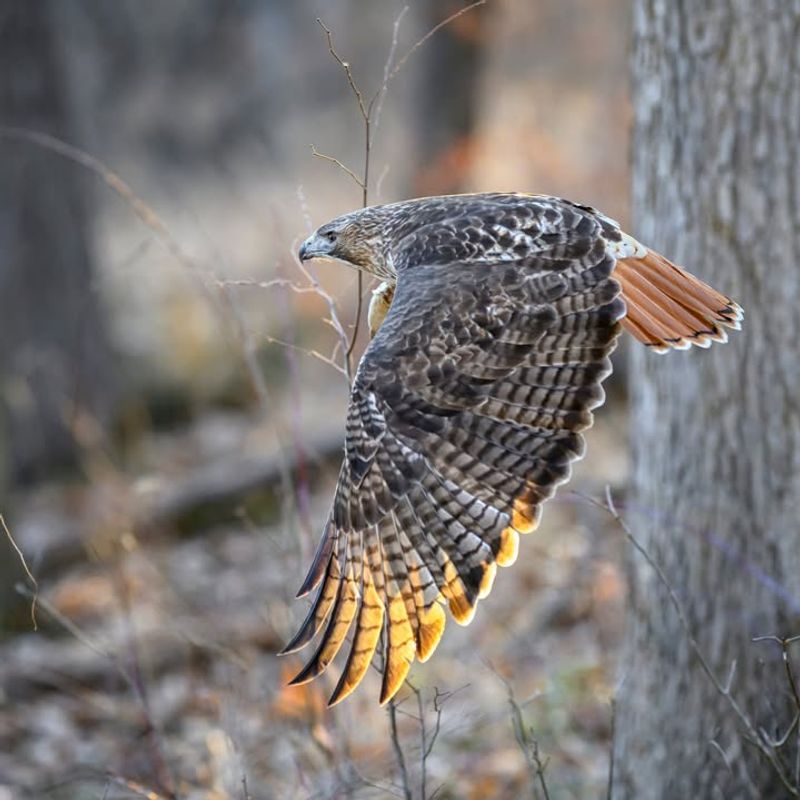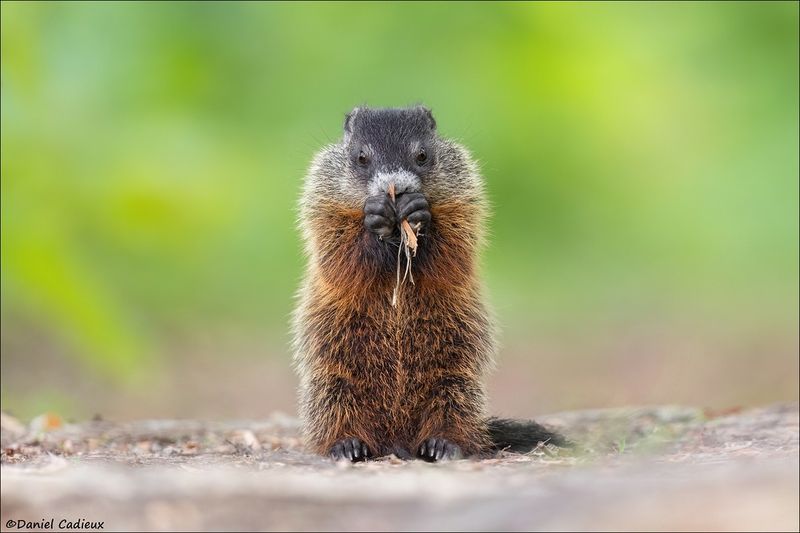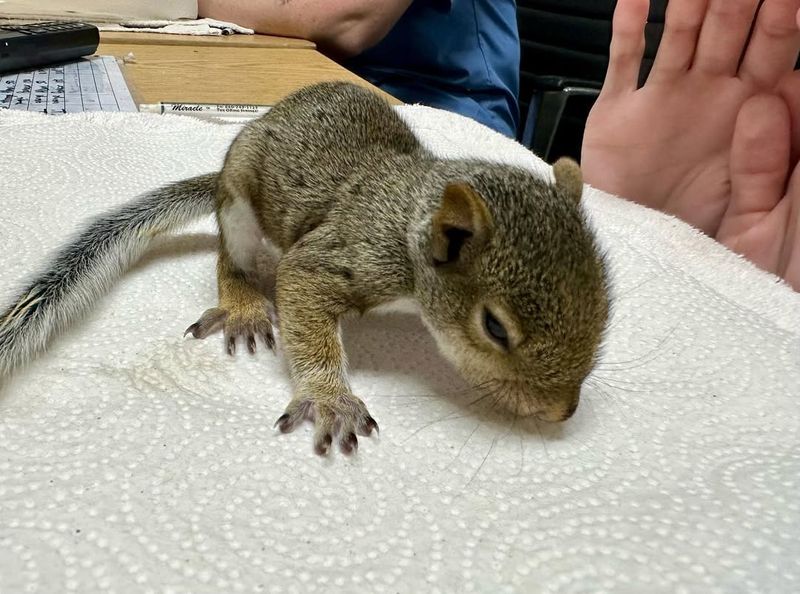Michigan cities are becoming home to more wildlife than ever before. As urban areas expand into natural habitats, wild animals are learning to adapt and thrive alongside humans.
You might be surprised by the creatures now living in your neighborhood parks, alleyways, and even your own backyard!
1. White-Tailed Deer
With their graceful movements and distinctive white tails, deer have become regular visitors to Michigan neighborhoods. They munch on garden plants, shrubs, and flowers, especially during early morning and evening hours.
Many homeowners spot them wandering through yards or resting under trees. While beautiful to watch, they can damage gardens quickly.
Installing fencing or using deer-resistant plants helps protect your landscaping while still allowing you to enjoy watching these elegant creatures from a distance.
2. Eastern Coyote
Coyotes have successfully adapted to city life across Michigan, hunting at night and staying hidden during the day. Their diet includes small rodents, rabbits, and sometimes pet food left outside.
You might hear their distinctive howling after sunset. Keep pets indoors at night and secure garbage cans tightly to avoid attracting them.
Despite their wild nature, coyotes usually avoid humans and play an important role controlling rodent populations in urban areas, making them beneficial neighbors when respected.
3. Raccoon
Known for their bandit-like masks and clever paws, raccoons are expert problem-solvers who thrive in cities. They raid trash cans, explore attics, and wash their food in birdbaths or ponds.
Active mostly at night, they can open latches and remember solutions to problems for years. Secure your garbage with tight-fitting lids and seal potential entry points to your home.
Though adorable, raccoons carry diseases, so admire them from afar and never attempt to feed or touch them.
4. Red Fox
Sporting gorgeous rusty-red coats and bushy white-tipped tails, foxes are becoming common in Michigan cities. Their adaptability allows them to hunt mice, voles, and rabbits in parks, golf courses, and residential areas.
Foxes are generally shy and avoid human contact, often hunting during twilight hours. They sometimes den under sheds or porches, especially when raising young.
If you spot one, consider yourself lucky—these beautiful animals help control pest populations and rarely cause problems for homeowners when left undisturbed.
5. Wild Turkey
Once nearly extinct, wild turkeys now strut confidently through Michigan neighborhoods in surprising numbers. Males display impressive fan-shaped tails during spring, while flocks scratch through yards searching for seeds, insects, and berries.
They roost in trees at night and can fly despite their large size. Turkeys occasionally become aggressive during breeding season, especially males protecting their territory.
Give them plenty of space and avoid feeding them. Their comeback story shows how wildlife conservation efforts can successfully restore animal populations.
6. Opossum
North America’s only marsupial, opossums waddle through Michigan cities eating insects, rodents, and ticks—lots of ticks! A single opossum can consume thousands of ticks each season, helping reduce Lyme disease risk.
When threatened, they famously play dead, lying motionless with their tongue hanging out. Though they look intimidating with their pointy teeth, opossums are gentle and rarely bite.
They prefer avoiding conflict altogether. These beneficial creatures deserve appreciation for their pest control services, even if their appearance seems unusual.
7. Canada Goose
Honking loudly overhead in V-formations, Canada geese have traded migration for year-round city living. They love parks, golf courses, and any area with ponds or lakes and plenty of grass to graze.
Geese can become aggressive when protecting nests during spring, hissing and charging at anyone who ventures too close. Their droppings create messy problems in public spaces.
Many communities use border collies or habitat modifications to manage populations humanely. Despite the challenges, watching goslings follow their parents remains a charming springtime sight.
8. Eastern Cottontail Rabbit
Fluffy white tails bouncing away signal a cottontail rabbit’s quick escape when startled. These small herbivores munch on grass, clover, and garden vegetables throughout Michigan neighborhoods.
Most active during dawn and dusk, rabbits create shallow nests in tall grass where they raise their young. They reproduce rapidly, with females having multiple litters each year.
Protect vegetable gardens with chicken wire fencing buried several inches deep. Rabbits serve as important prey for foxes, coyotes, and hawks, forming a crucial link in urban ecosystems.
9. Red-Tailed Hawk
Soaring overhead with their distinctive red tails catching sunlight, these powerful raptors have embraced city living. Utility poles, tall trees, and building ledges provide perfect hunting perches for spotting mice, squirrels, and rabbits below.
Their piercing screech often accompanies movie scenes, though it’s actually dubbed in. Red-tailed hawks mate for life and return to the same nesting sites yearly.
Watching them hunt demonstrates nature’s efficiency and reminds us that wild predators successfully coexist within urban environments, maintaining ecological balance naturally.
10. Groundhog
Famous for predicting spring weather, groundhogs dig extensive burrow systems under sheds, decks, and gardens throughout Michigan. Also called woodchucks, they’re excellent excavators, moving tons of soil while creating underground homes.
They feast on garden plants, especially vegetables, and can quickly destroy landscaping. Groundhogs hibernate during winter, emerging hungry in spring. Their burrows can undermine foundations or create tripping hazards.
Use fencing buried deep underground to discourage digging. Despite the damage they cause, their chubby cheeks and waddling walk make them endearing neighborhood residents.
11. Eastern Gray Squirrel
Acrobatic and entertaining, gray squirrels perform amazing leaps between trees and power lines throughout Michigan cities. They bury nuts and seeds everywhere, often forgetting their hiding spots and accidentally planting future trees.
Squirrels raid bird feeders with impressive determination and creativity. They nest in tree cavities or build leafy dreys high in branches.
While sometimes considered pests, especially when they chew through attic insulation or electrical wires, squirrels provide endless entertainment and contribute to forest regeneration through their forgetful food-storing habits.

